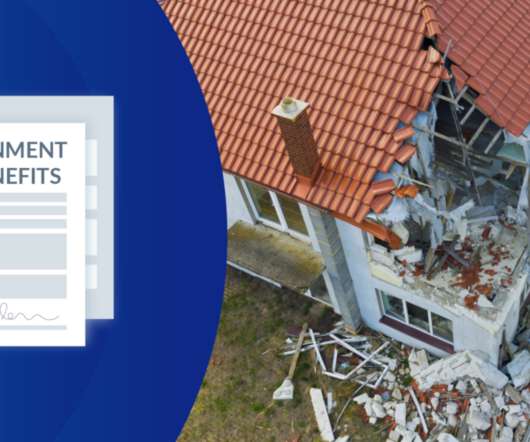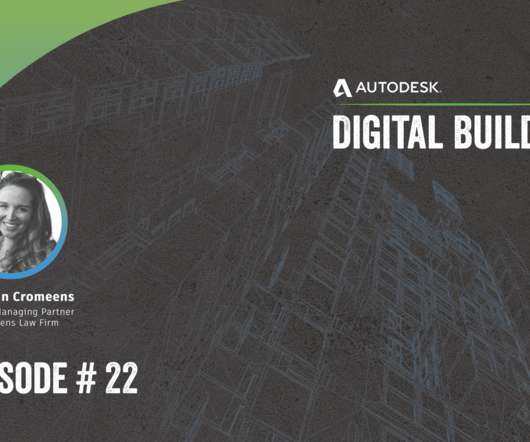7 Things Contractors Need to Know About Retainage
Fieldwire
AUGUST 14, 2023
The practice dates back to the 1840s, dreamed up as a measure to reduce the owner’s risk and ensure that the project is fully completed according to the job specifications. It is governed by the contract, which means it’s part of the agreement between two parties. In some cases, states do make specific exceptions for retainage liens.










































Let's personalize your content